Best Graphic Novels
As promised, although DC’s branded DC Zoom (for middle grades) and DC Ink (for YA) imprints are being discontinued, DC is not slowing down on titles for younger readers. In fact at today’s Book Buzz panel at ALA, DC announced more than 40 titles for 2020 and beyond.
Joining the slate for 2020 which was announced at BEX, DC has rolled out a truly “robust” list that includes work by best selling comics creators from Jeffrey Brown to Julie Maroh, previously best known for her queer drama Blue is the Warmest Color. Unlike Ink and Zoom, the new books are mostly by creators best known for their comics work and not the bestselling prose authors who made headlines for the first wave.
The list also hints at some startling rebranding.
Although titles are not final, we can only guess that a middle grade book called The Mystery of the Meanest Teacher: A Johnny Constantine Graphic Novel is going to have some heads spinning. Although Constantine – the hard drinking, hard smoking, hard swearing, hard everything bisexual magician who was the flagship of the Vertigo line in the Hellblazer title – had been sanitized a bit for a role in the DCU, the idea of him as a character for kids aged 8-12 is…well….WILD. Luckily Ryan North and Derek Charm are involved so there may be a wink or two.
According to the PR:
As standalone stories, DC’s YA and middle grade graphic novels are not part of DC’s ongoing comic book continuity and completely accessible to new fans. DC’s YA titles feature thought-provoking stories for readers ages 13 and up that focus on everyday aspirations, struggles, and triumphs. DC’s middle grade graphic novels are geared toward readers ages 8-12 and tell stories focused on friends, family, and growing up.
The panel also unveiled art and more story notes for the titles debuting in 2020.
Here’s the line-up:
Spring 2020 Lineup
- Young Adult Titles
- Wonder Woman: Warbringer – Adapted by Louise Simonson from Leigh Bardugo’s DC Icon prose novel and illustrated by Kit Seaton (January 2020)
- Gotham High – Written by Melissa de la Cruz and illustrated by Thomas Pitilli (February 2020)
- The Oracle Code – Written by Marieke Nijkamp and illustrated by Manuel Preitano (March 2020)
- Shadow of the Batgirl – Written by Sarah Kuhn and illustrated by Nicole Goux (April 2020)
- Lost Carnival: A Dick Grayson Graphic Novel – Written by Michael Moreci and illustrated by Sas Milledge (May 2020)
- Middle Grade Titles Diana: Princess of the Amazons – Written by Shannon and Dean Hale and illustrated by Victoria Ying (January 2020)
- Green Lantern: Legacy – Written by Minh Lê and illustrated by Andie Tong (January 2020)
- Batman Tales: Once Upon a Crime—Written by Derek Fridolfs and illustrated by Dustin Nguyen (February 2020)
- Zatanna & the House of Secrets – Written by Matthew Cody and illustrated by Yoshi Yoshitani (February 2020)
- Batman: Overdrive – Written by Shea Fontana and illustrated by Marcelo DiChiara (March 2020)
- DC Super Hero Girls: Powerless – Written by Amy Wolfram and illustrated by Agnes Garbowska (March 2020)
- Anti/Hero – Written by Kate Karyus Quinn and Demitria Lunetta and illustrated by Maca Gil (April 2020)
- ArkhaManiacs – Written by Art Baltazar and Franco and illustrated by Art Baltazar (April 2020)
- My Video Game Ate My Homework – Written and illustrated by Dustin Hansen (May 2020)
Upcoming Titles Debuting in 2020 and 2021
- Upcoming Young Adult Titles (Not all titles are final)
- Catwoman: Soulstealer – Adapted by Louise Simonson from Sarah J. Maas’ DC Icon prose novel and illustrated by Samantha Dodge
- Galaxy: The Prettiest Star – Written by Jadzia Axelrod and illustrated by Cait Zellers
- House of El Book 1 – Written by Claudia Gray and illustrated by Eric Zawadzki
- I Am Not Starfire—Written by Mariko Tamaki
- Mister Miracle – Written by Varian Johnson
- Nubia – Written by L.L. McKinney and illustrated by Robyn Smith
- Swamp Thing – Written by Maggie Stiefvater and illustrated by Morgan Beem
- Teen Titans: Beast Boy – Written by Kami Garcia and illustrated by Gabriel Picolo
- Victor & Nora: A Mr. Freeze Story – Written by Lauren Myracle and illustrated by Isaac Goodhart
- Whistle – Written by E. Lockhart and illustrated by Manuel Preitano
- Wonder Woman: Tempest Tossed – Written by Laurie Halse Anderson and illustrated by Leila del Duca
- You Brought Me the Ocean – Written by Alex Sanchez and illustrated by Julie Maroh
- Zatanna: The Jewel of Gravesend – Written by Alys Arden and illustrated by Jacquelin De Leon
Upcoming Middle Grade Titles (Not all titles are final)
- Amethyst: Princess of Gemworld – Written by Shannon and Dean Hale
- Batman and Robin…and Howard – Written and illustrated by Jeffrey Brown
- DC Super Hero Girls – Written by Amy Wolfram
- Dear Super-Villains – Written by Michael Northrop and illustrated by Gustavo Duarte
- Green Arrow: Stranded – Written by Brendan Deneen and illustrated by Caleb Hosalla
- Indestructibles Book 1—Written by Ridley Pearson
- Lois Lane – Written by Grace Ellis and illustrated by Brittney Williams
- Metropolis Grove – Written and illustrated by Drew Brockington
- Primer – Written by Thomas Krajewski and Jennifer Muro and illustrated by Gretel Lusky
- Superman Smashes the Klan – Written by Gene Luen Yang and illustrated by Gurihiru
- Super Sons Book 3: Escape to Landis – Written by Ridley Pearson and illustrated by Ile Gonzalez
- Teen Titans Go! to Camp – Written by Sholly Fisch
- Teen Titans Go! Roll with It – Written by Heather Nuhfer and P.C. Morrissey
- The Mystery of the Meanest Teacher: A Johnny Constantine Graphic Novel – Written by Ryan North and illustrated by Derek Charm


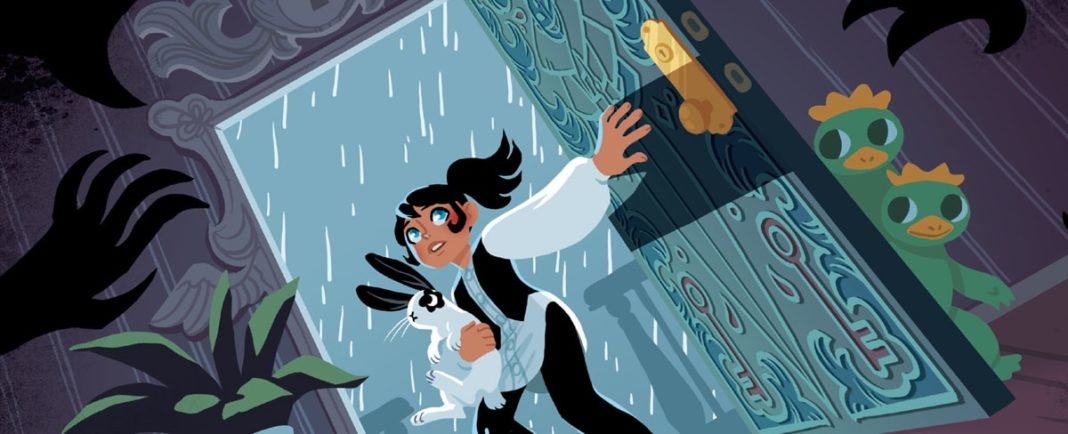
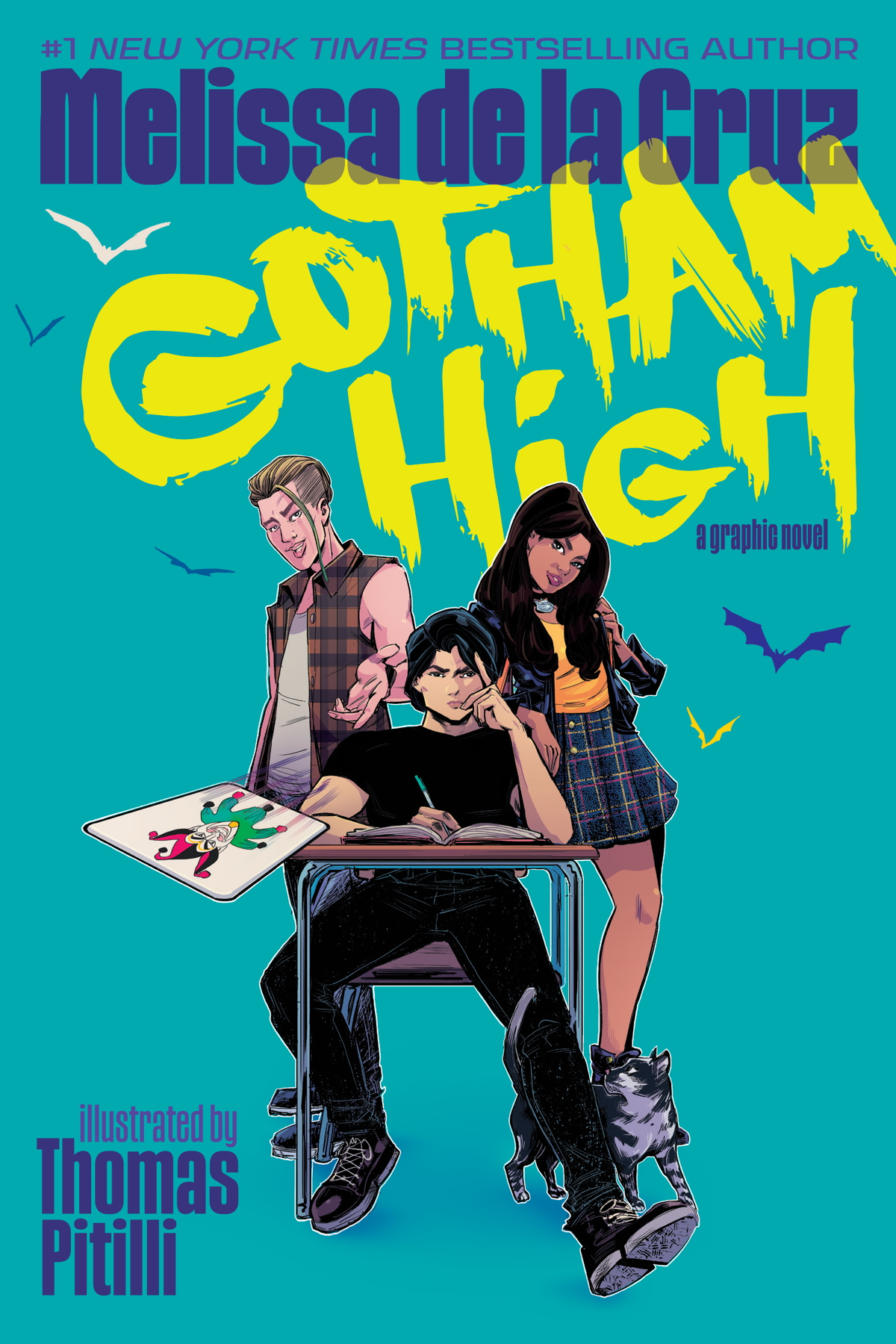
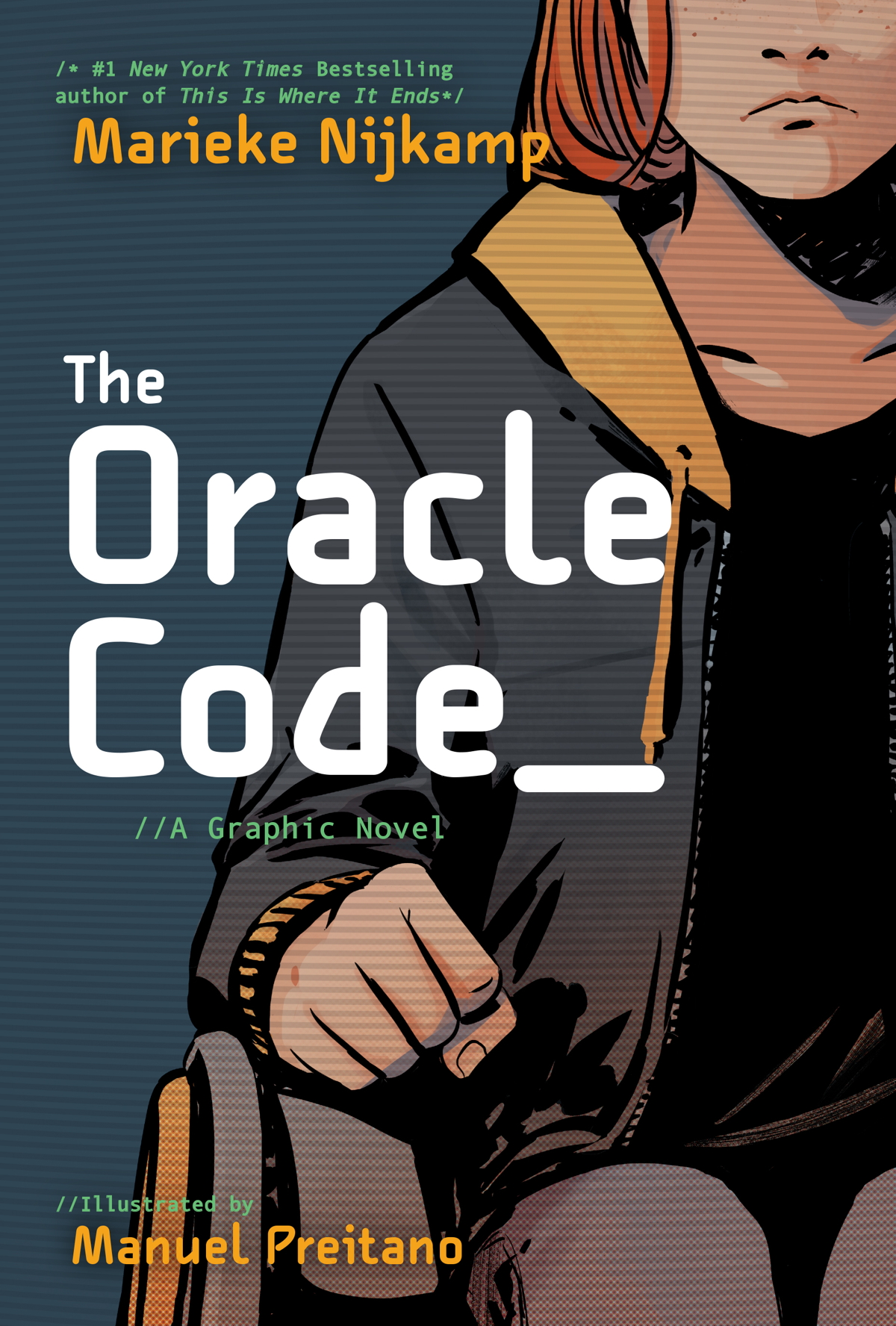
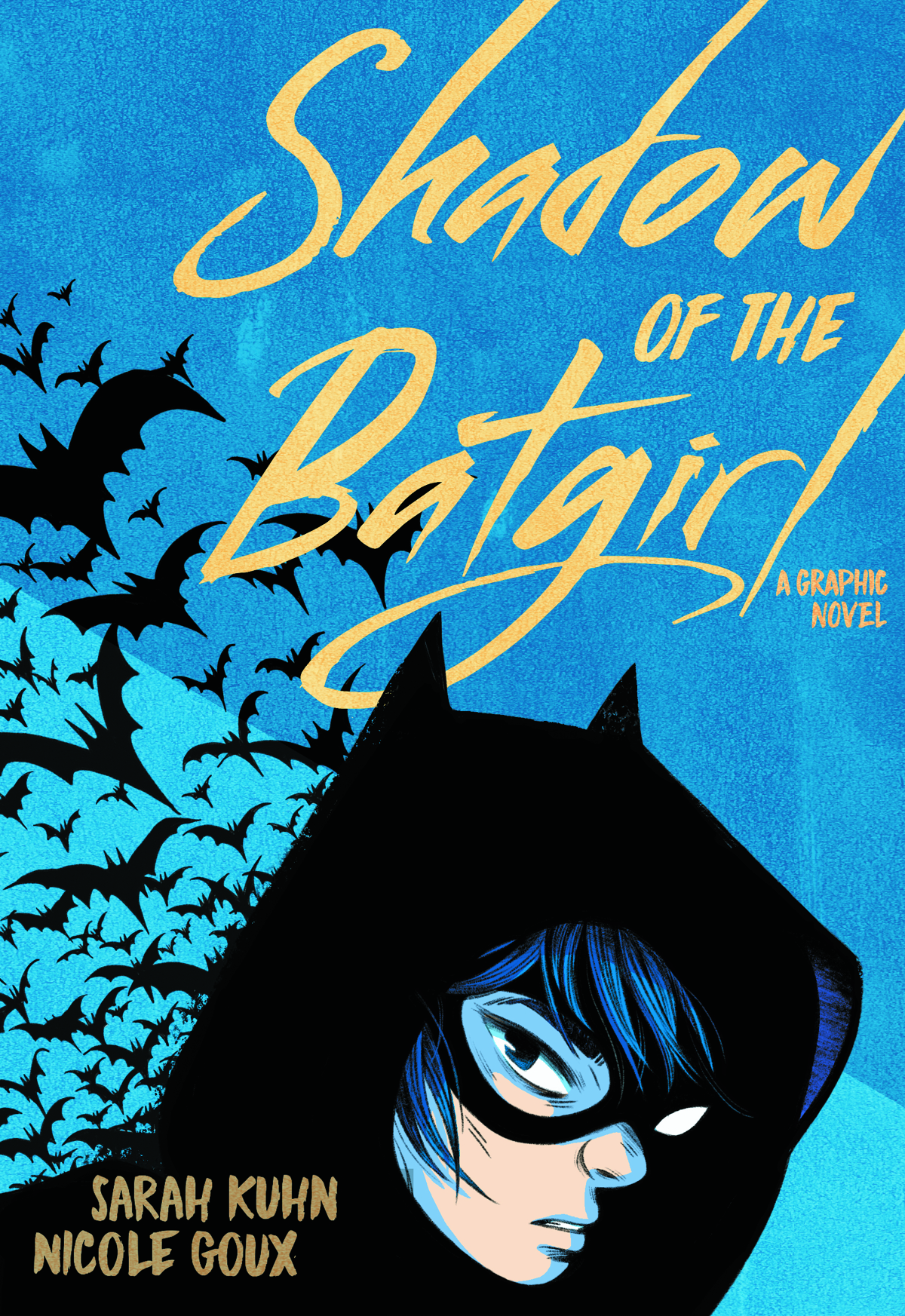
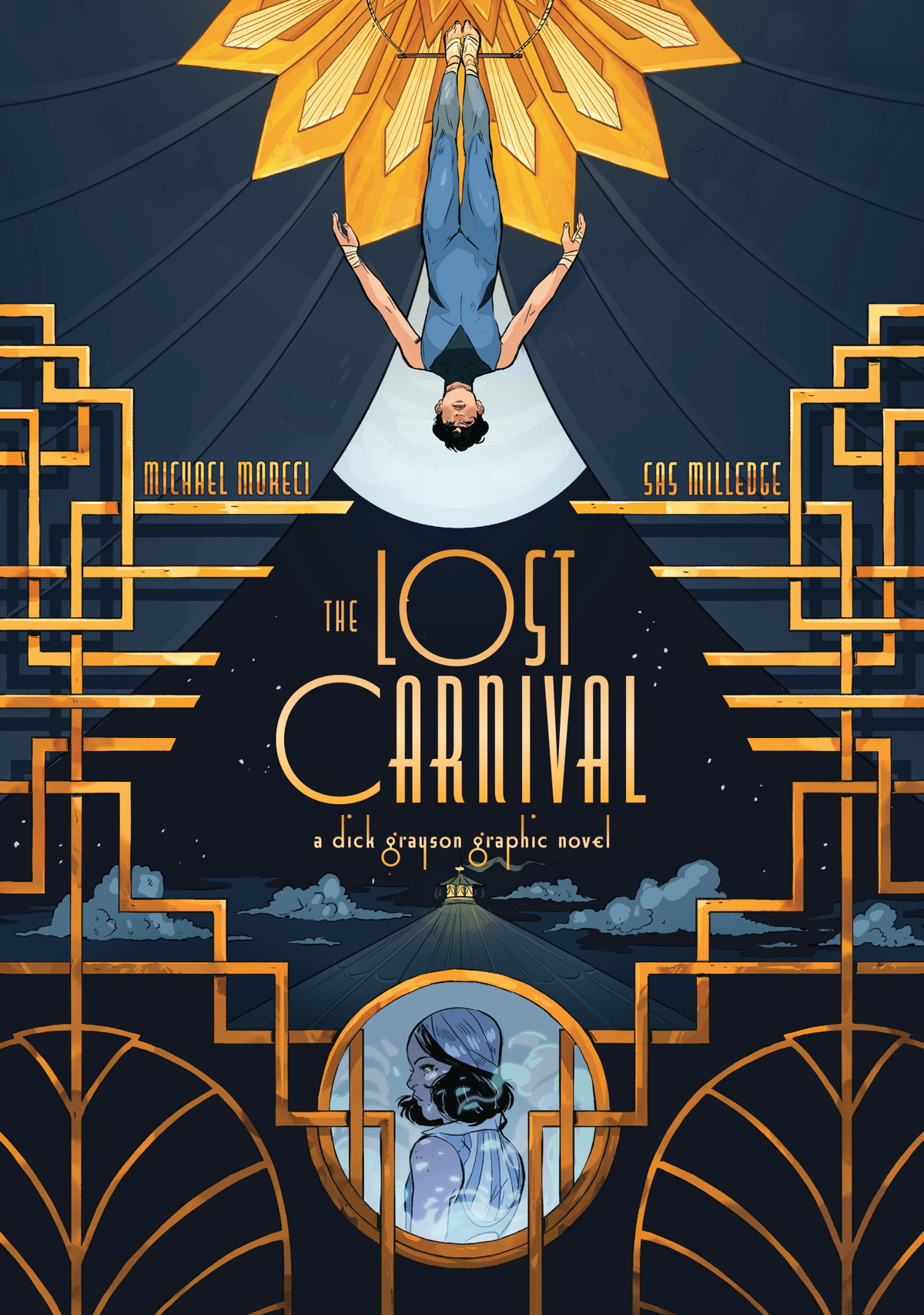
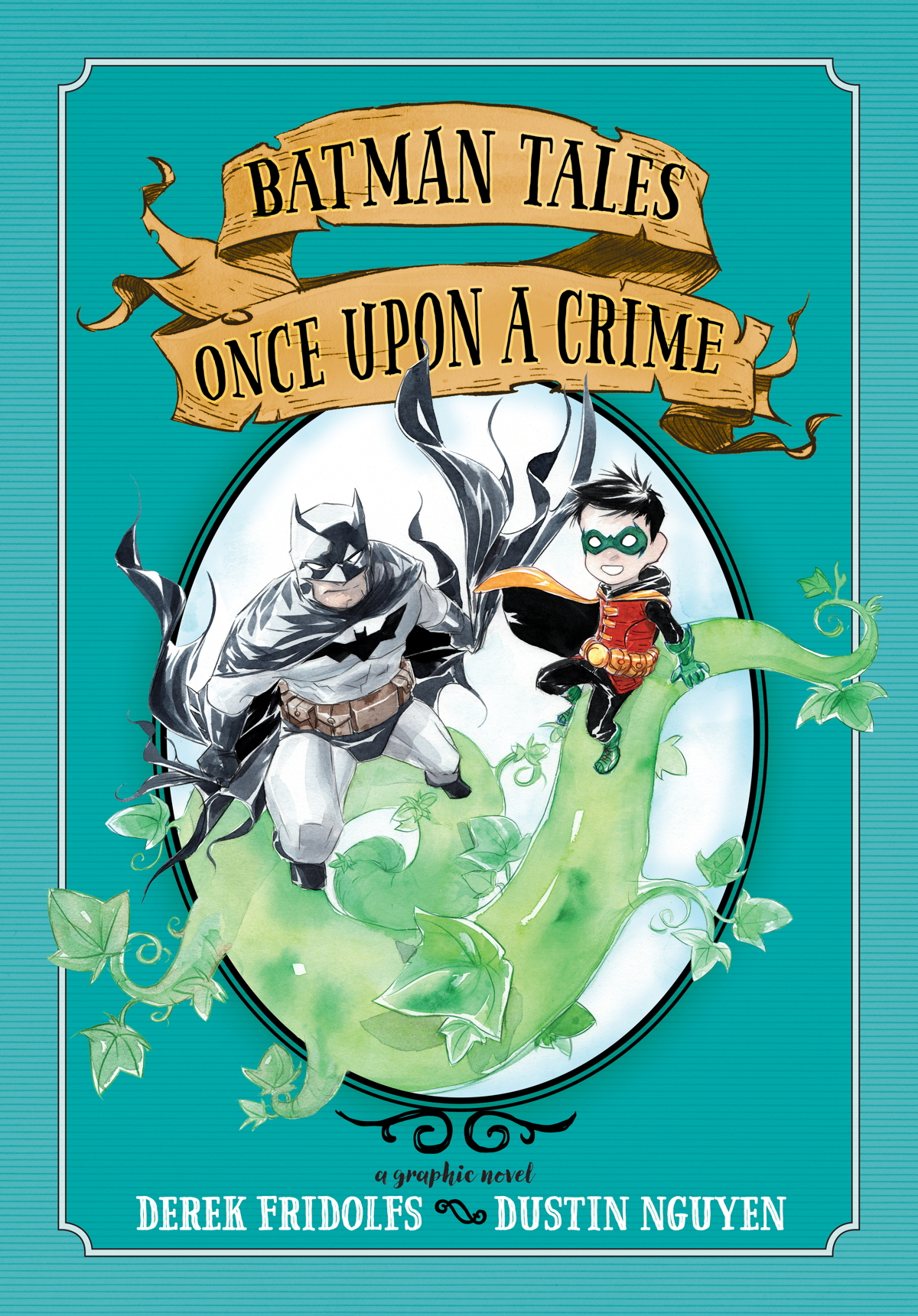

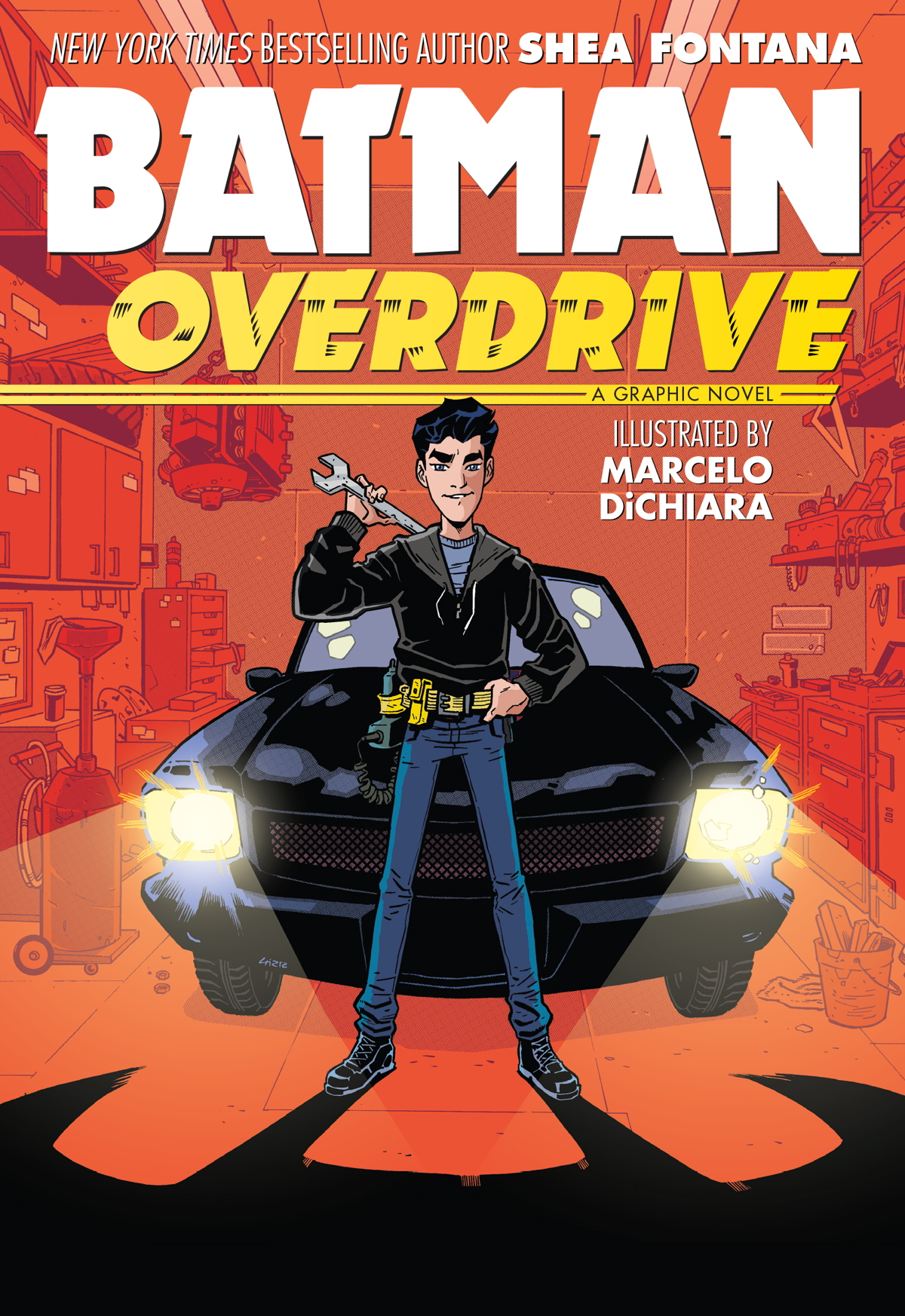
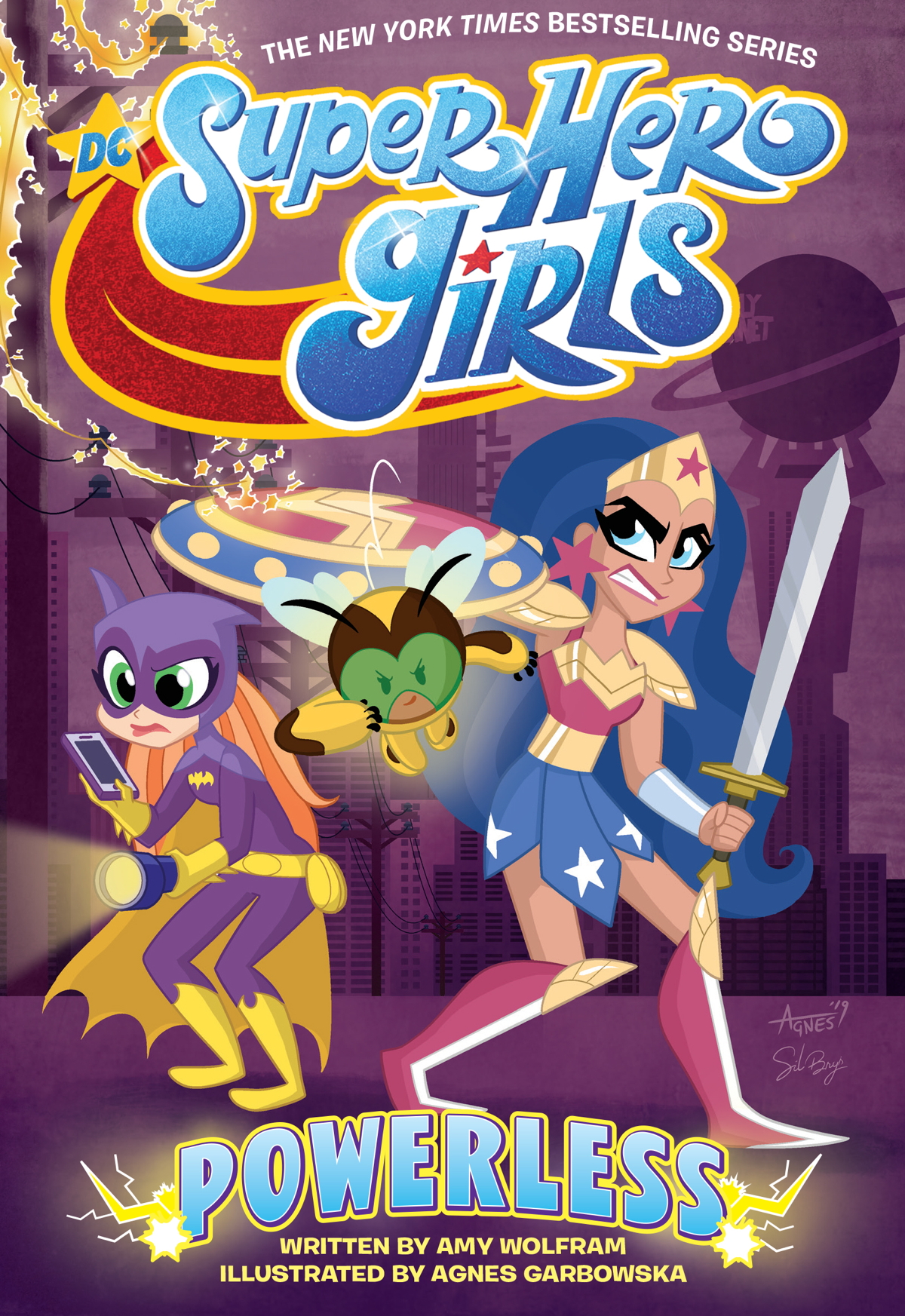
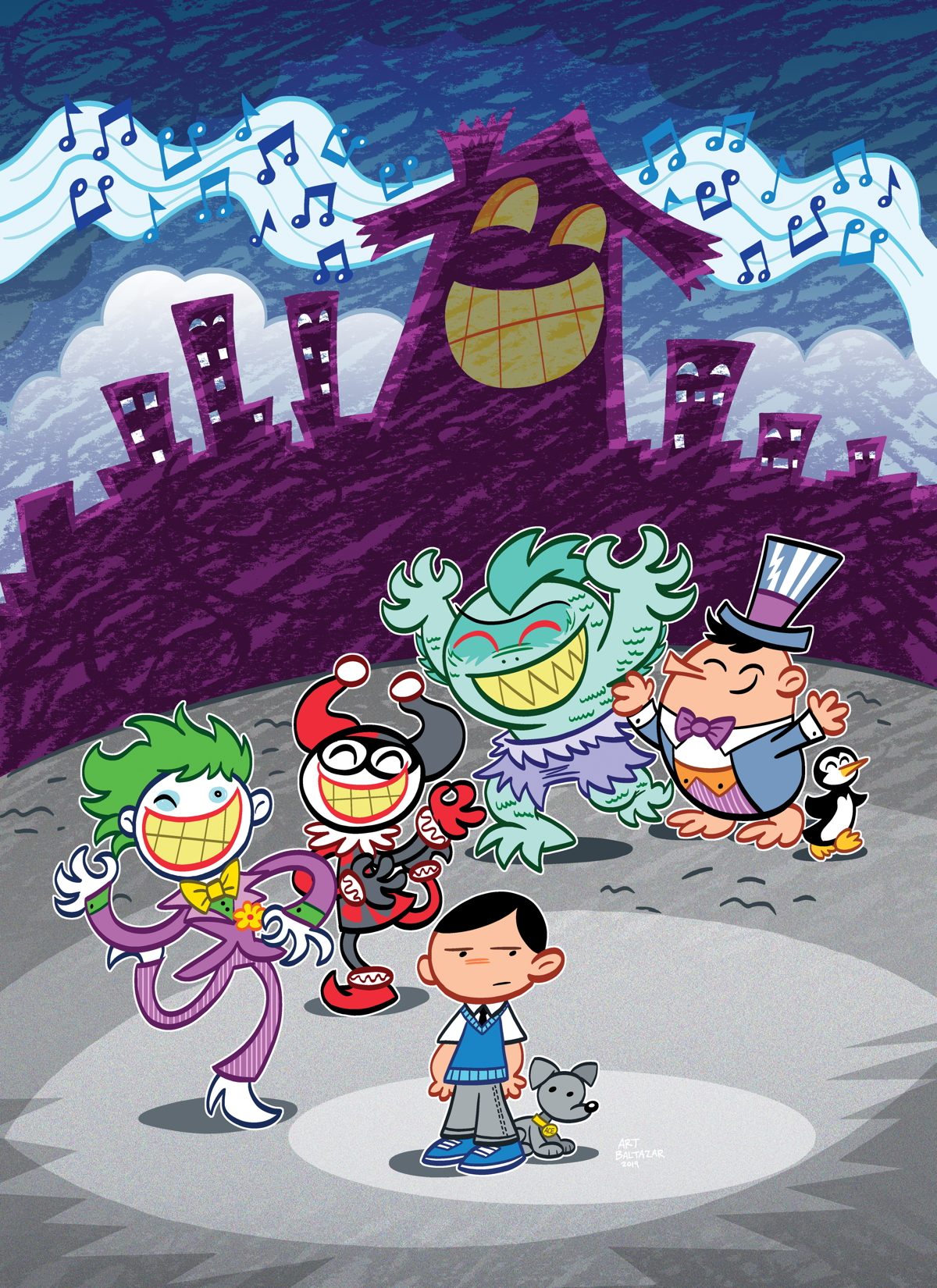
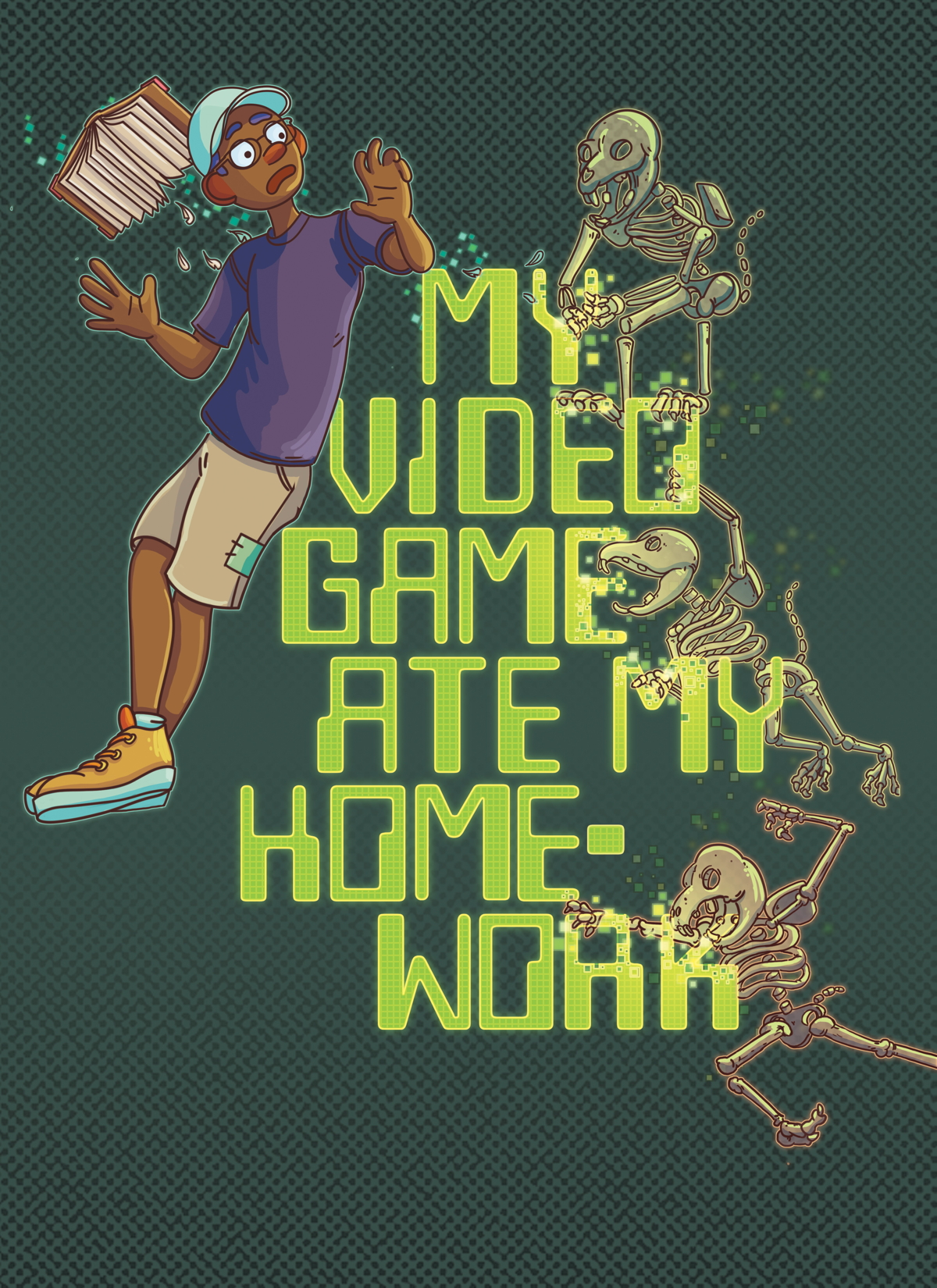





Given writers like Ryan North, Louise Simonson and Gene Luen Yang, I think I’ll take a look at these. (Particularly the North/Derek Charm Johnny Constantine book; I’ll be going through Squirrel Girl withdrawal by then.)
DC has clearly been watching Scholastic and seen the success they’ve had with “Smile,” “Dog-Man,” and more. Maybe they’ve also been paying attention to the Beat’s fine reporting on the ALA. Comics aren’t just for kids anymore, but the best-selling comics these days are definitely the ones for kids!
Now, if only the LCS folks can pivot to make their stores more family-friendly, maybe a few of them can stay in business…
The lineup mostly looks good, but three things:
Calling the line “DC Kids” will guarantee two things happen – actual kids won’t want to read the books because they’ll see the line name & think they’re being pandered to, which is probably not the case, while parents’ groups will look at the more YA titles with more mature themes & complain about them being inappropriate because the line name suggests they’re strictly for grade school. This has happened with YA novels & with Scholastic’s entries, so it’s bound to happen here.
I’m genuinely curious to see how they’ll make an all-ages Mister Miracle now that Tom King has rendered the entire Fourth World an unusable, miserable mire. Not everyone thinks “do you know depression exists” is a relevatory message, no matter how artsy-fartsy it’s being presented, especially when the creators behind it spectacularly miss the point of the original creator’s stories. (I realize that blaspheming against comics’ Chosen Serious Writer isn’t welcome on The Beat, but until more people realize what a terrible one-note thin-skinned hack King is, I don’t care. I look forward to his sulking when reviews for the New Gods movie aren’t just shallow praise, since he treats even polite criticism as death threats online.)
That first Super Sons book was just confusing as hell, and seeing the third one decide “yes, the name associated with a director who shrugged off killing 2 children & his son, the serial rapist will certainly be a good choice for a safe haven name in my Waterworld knock-off” doesn’t suggest it’s going to get better. As one of maybe 3 people who read the standard DC title, this has been a bitter disappointment, and the children who actually read it in my circle didn’t like it much due to its confusing presentation & unpleasant characters.
I’m glad DC isn’t shuttering their non-DM books entirely, since children/YA GNs are what created the boom in comics sales last year, but it still feels like they think of them as second class for an audience that they just aren’t interested in pursuing. But as DM-based shops shutter, old audiences drift away due to the juvenile “take us seriously” grimdark posturing so many titles have embraced, & the new ones coming in via Scholastic & manga are greeted with hostility, they don’t have much time to realize the mistake they’re making in that treatment.
Plumcha,
The middle grades books are “DC Kids”; the YA books are just “DC.” (Although that doesn’t distinguish them very well from the main continuity monthly comics.) I don’t know why they’d have trouble with Mister Miracle. Just like the rest of these books, they’ll pull what they need from the iconic parts of the characters stories while disregarding current continuity.
Plumcha, agree 100% on your Tom King analysis. Although I liked Omega Men, his Batman has really turned me off, and his Mister Miracle isn’t appealing at all.
On topic: I finally bought one of DC’s YA graphic novels this weekend at Target, the one starring Catwoman. This is my first foray into YA stuff, although I have a couple of the DC Super Hero Girls books, which i really enjoy.
My question is why do so many of these YA novels have a fairly monochromatic color scheme? I’ve seen preview of the Mera book, and now Wonder Woman: Warbringer, and I’m genuinely curious why this seems to be the standard way they’re colored. I don’t think there’s anything wrong with it, just wondering.
If someone could answer, I’d appreciate it!
Calkundera,
The monochromatic aesthetic is pretty common in the non-direct-market graphic novel world. I’m not sure of the origin of that aesthetic, but I imagine that DC is trying to make these books look more like those non-direct-market books (which is also evident in their smaller trim size). Printing with just K and a spot color could cut down on printing costs (Fun Home springs to mind as a book that is K plus a Pantone spot blue). Other books I’ve read recently simulated the spot color look with CMYK (e.g., Arab of the Future, I think). Pashmina used a CMYK-simulated monochrome for present-day scenes and full color for fantasy scenes. On a Sunbeam often uses monochromatic or duotone coloring, but the color(s) change scene to scene and some scenes use fuller colors, so I think the whole thing is printed CMYK.
JTL, thanks so much! It’s really interesting to me. I appreciate you taking the time to answer!
“Just like the rest of these books, they’ll pull what they need from the iconic parts of the characters stories while disregarding current continuity.”
DC is simply looking for an area they can exploit their IP. They will turn Superman into an emo-angst ridden teenager if that is what they think will appeal to people in a given market. They would make Bruce Wayne a vegan if their focus groups say a vegan Bruce Wayne would do well in the YA market. Remember the hip hop Loony Tunes shirts from the 1990s? That is DC’s, and probably Marvel’s approach to their IP.
“My question is why do so many of these YA novels have a fairly monochromatic color scheme? ”
Full color printing has always been expensive.
Full color is expected in the Direct Market but since the YA graphic novel market is so new and readers–I mean people who order the books—don’t seem to have any expectations for color.DC feels liberated to use cheaper way of coloring their comics.
They aren’t confident in their material to present it in b&w, because that would put them in direct competition with manga–which is the last thing people in the American and European comics industries want to do. They are fundamentally non-competitive.
“I’m glad DC isn’t shuttering their non-DM books entirely, since children/YA GNs are what created the boom in comics sales last year,”
Yes, schools and libraries are pretty much providing subsidies to keep a dying medium afloat.
“but it still feels like they think of them as second class for an audience that they just aren’t interested in pursuing.”
I don’t see how that’s the case. The entire industry has made itself over to appeal to academia–they have done A LOT to make their comics something teachers can recomment to their students whether those students are in middle school or in college.
“But as DM-based shops shutter, old audiences drift away due to the juvenile “take us seriously” grimdark posturing so many titles have embraced, ”
That grimdark stuff didn’t even originate in comics. It was inspired by trends in the
arts and the wider culture.
https://www.publishersweekly.com/pw/by-topic/childrens/childrens-industry-news/article/70304-middle-grade-books-take-on-mature-topics.html
the grimdark stuff is even happening in YA prose books.
“& the new ones coming in via Scholastic & manga are greeted with hostility”
The only people being hostile to these non-existent new readers of comics are aging fanboys. The people who work for Marvel and DC would love to get the theoretical readers of Scholastic and manga to buy their stuff but they have no clue as to how to do so. They don’t seem to understand that their material is not good enough nor widely available enough that theoretical readers of Scholastic and manga are going to hunt down comic stores and buy, for $5 , 5 minutes of entertainment. They don’t seem to understand that Scholastic and manga do well because they are widely available and because they have a captive audience of bored kids stuck in school for eight hours.
I doubt many of these “new” readers even exist. It seems like the majority of the fans of ya graphic novels are adults and seems to have been that way for decades dating back to when Leave it to Chance and Bone were being critically acclaimed in the 1990s.
“same shupid”:
I’ve not seen an actual print copy of Under the Moon, but based on the preview I imagine it’s printed CMYK. (It has two hues of blue, plus lavender, plus yellow, and printing three spots plus K would be just as expensive if not more so than simulating the spot color look with process colors. I just requested it from the library and I’ll report back.) Because of this, I really do think it’s an aesthetic decision not a cost decision (although the aesthetic probably originated at least in part from other publishers that were using K plus a single spot color for cost reasons).
About libraries and your doubt that there are actual readers for kids’ and YA graphic novels: You keep going on and on about this, and when pressed for evidence you always deflect. You really need to put up or shut up.
You need to prove the readers exist. Not me.
It should be easy to prove that a healthy fanbase for something exists.
We all know that Harry Potter has a healthy fanbase. Even if most kids in school have not read the books, they probably know about them.
Not a single YA graphic novel is remotely as well-known as Harry Potter.
Prove me wrong.
P.S. I don”t think there’s a market for alternative comics aimed at adults anymore, either.
Some people apparently can afford to make terrible comics that no one likes except for “critics”.
Comments are closed.